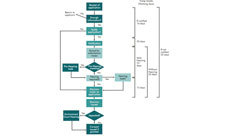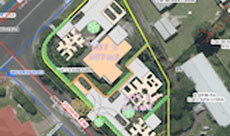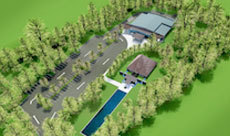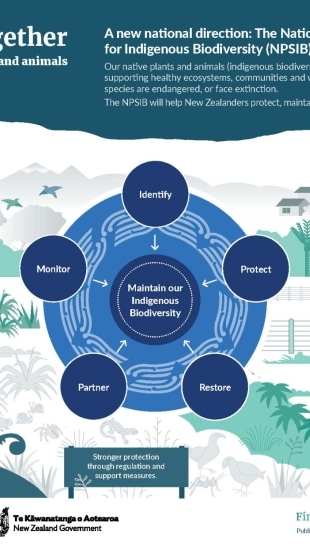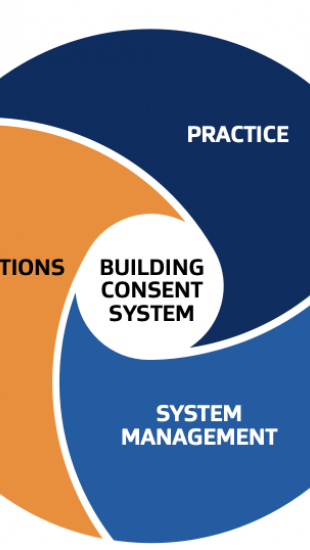2 Lot Subdivision: Lyon Street Te Awamutu

When undertaking any land development, it's important to ensure that the earthworks are done in a way that provides a solid foundation and doesn't pose any hazards to people or property. Additionally, care should be taken to minimize any negative impact on the environment, particularly when it comes to destroying vegetation, polluting water sources, or altering the existing landform in a way that harms neighboring properties. If any prized possessions or archaeological sites are discovered during earthworks, work should immediately stop within a 5-meter radius and the relevant authorities should be notified. If any human remains or similar materials are found, work should also cease and the authorities should be notified.
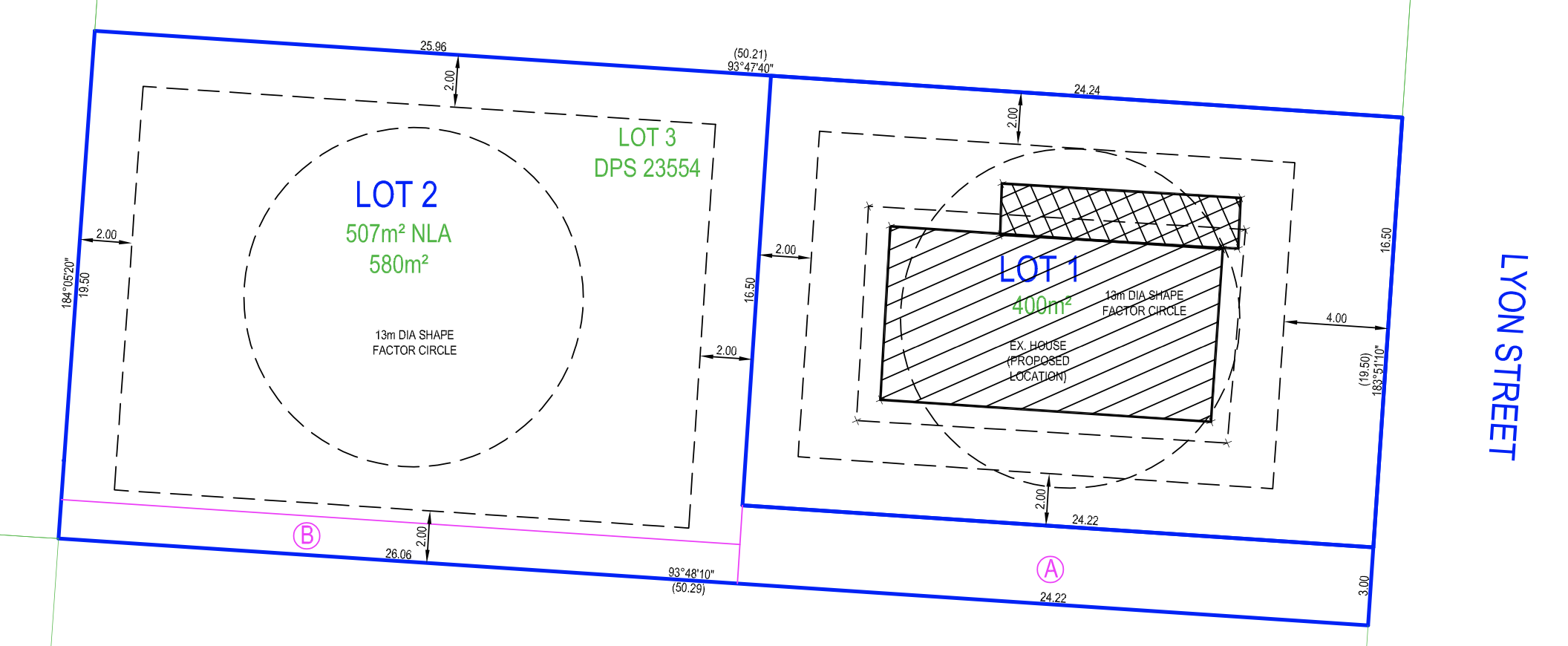
When applying for a separate water connection, there will be administrative and installation fees, and the location of the connection must comply with all aspects of Waipa District Council Water Supply Bylaw 2013. Similarly, when applying for a separate wastewater connection, there will be administrative and inspection fees, and all work must be done by a registered drain layer. Inspections will be required before any backfilling.
All private stormwater infrastructure must comply with Waipa District Council's Stormwater Bylaw 2019, as well as Waikato Regional Council's "Erosion & Sediment Control, Guidelines for Soil Disturbing Activities" which can be found on their website. The design guidelines cover cutting tracks, culverts, sediment control measures, such as silt fences, detention ponds, earth bunds, and guidelines for re-vegetation. Any effects on the surrounding area will be evaluated, and any dust or noise that is deemed objectionable or offensive will be considered a violation.
The Council's standards for design and construction are outlined in the Regional Infrastructure and Technical Specification (RITS). In rural and rural residential areas, sealing is only necessary when houses adjacent to a Right of Way are likely to be affected by dust and traffic noise.
When it comes to proprietary cell systems vs rock-lined trenches, proprietary cell systems offer greater long-term serviceability and allow for easier ongoing maintenance, whereas rock-lined trenches will require full replacement once filled.
- All earthworks associated with any development of land should be undertaken in accordance with the following matters:
- All earthworks be carried out so as to provide sound foundations as required under NZS 4431:1989 and avoid any hazard to persons or property.
- All earthworks be carried out so as to avoid or mitigate any detrimental effect on the environment, particularly with regard to the unnecessary destruction of vegetation, the contamination of natural water or the diversion of surface or ground water flows.
- The existing landform not be altered in such a manner that adjoining properties will be detrimentally affected particularly through changes in drainage systems or abrupt changes in ground level.
- If taonga (treasured or prized possessions, including Māori artefacts) or archaeological sites are discovered in any area being earth-worked, the consent holder should:
- Cease work within a 5m radius of the discovery immediately.
- Contact local iwi, Heritage New Zealand (HNZ) and Council’s Consents Team Leader.
- If during construction activities, any Koiwi (skeletal remains) or similar material are uncovered, the consent holder should:
- Cease work within a 5m radius of the discovery immediately.
- Notify the New Zealand Police, local iwi, Heritage New Zealand (HNZ) and Council’s Consents Team Leader.
Separate Water Connection
4. An administrative, and installation fee will apply to the application.
5. The location of the water connection will need to comply with all aspects of Waipa District Council Water Supply Bylaw 2013.
Wastewater Separate connection
6. An administrative, and inspection fee will apply to the application.
- All work is to be completed by a registered drain layer.
- An inspection is required prior to any backfill.
Stormwater Bylaw
7. All private stormwater infrastructure will need to comply with Waipa District Council’s Stormwater Bylaw 2019;
- Section 7: Protection of Land Drainage Systems – Item 7.5
- Section 9: Private Stormwater Systems - All items
Stormwater Guidelines
8. Waikato Regional Council’s “Erosion & Sediment Control, Guidelines for Soil Disturbing Activities” which can be found at http://www.waikatoregion.govt.nz.
- This guideline is relevant to all construction sites.
- The design guideline covers cutting tracks, culverts, sediment control measures, such as silt fences, detention ponds, earth bunds, guidelines for re-vegetation.
Effects Assessment
9. That, for the purposes of this consent condition, the Waipa District Council will consider an effect that is objectionable or offensive to have occurred if any appropriately experienced officer of the Waipa District Council determines it so after having regard to:
- The frequency, intensity, duration, location and effect of the dust emissions, and/or
- Receipt of complaints from neighbours or the public, and/or
- Where relevant written advice from an experienced officer of the Waikato Regional Council or the Waikato District Health Board has been issued.
Design & Construction
10. The Council’s standards are set out in the Regional Infrastructure and Technical Specification (RITS).
Sealing Requirements
11. Rural and Rural Residential areas only require sealing where houses directly adjacent to a Right of Way are likely to be affected by dust and traffic noise.
Proprietary Cell systems Vs Rock lined trenches
12. Proprietary cell systems offer a far greater option in terms.
